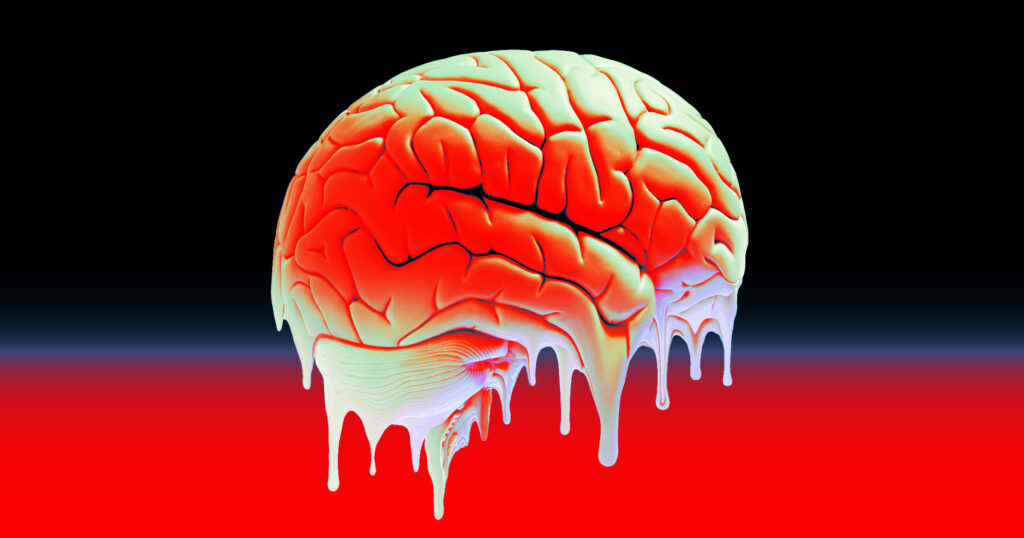
The Wikipedia page for “brain rot” has been placed under protective measures until early 2026 due to extensive vandalism. This decision follows a series of inappropriate edits that have rendered the page a target for users seeking to disrupt its content. Wikipedia, celebrated for its collaborative model, allows public editing, which can sometimes lead to misuse and distortion of information.
The term “brain rot” is defined on the platform as the “negative cognitive, emotional, and/or behavioral consequences” of consuming content that is deemed “trivial, simplistic, or low in quality.” In a striking example of the challenges faced by Wikipedia, the page has experienced a notable amount of defacement. Edits have included bizarre references to the viral phenomenon “Skibidi Toilet” and political figures like Donald Trump, along with nonsensical phrases such as “Goofy ahh brainrot,” repeated 96 times.
Defacement Trends and Protection Measures
In August 2025, Wikipedia editors classified the “brain rot” page as “semi-protected.” This status prevents alterations by users without verified accounts or those who are unregistered. This protective measure is currently scheduled to remain in place until January 2026. Such restrictions are not uncommon on the platform, especially for pages that have become frequent targets for vandalism.
Since its inception in 2001, Wikipedia has faced challenges from users attempting to distort its entries. Some of these edits are humorous, while others can be more disruptive. For instance, previous vandalism has included messages like “ALL HAIL THE SKÎBÎDÎ TOÎLÊT” and claims that “BRAIN ROT WILL DESTROY THIS NEXT GENERATION.”
Despite these challenges, the community of Wikipedia volunteers is known for their rapid response to such incidents. In 2021, volunteers corrected over 53,000 pages within minutes after they were defaced with swastikas. This speaks to the resilience of the platform and its commitment to maintaining accurate information.
As the “brain rot” page stands under protection, it highlights the ongoing struggle between the open-access model of Wikipedia and the challenges of maintaining the integrity of its content. The situation serves as a reminder of the potential pitfalls of crowdsourced information and the importance of vigilance in safeguarding knowledge.
The Wikipedia community continues to work diligently to uphold the quality of its entries, proving that even in the face of vandalism, the pursuit of reliable information remains steadfast.






